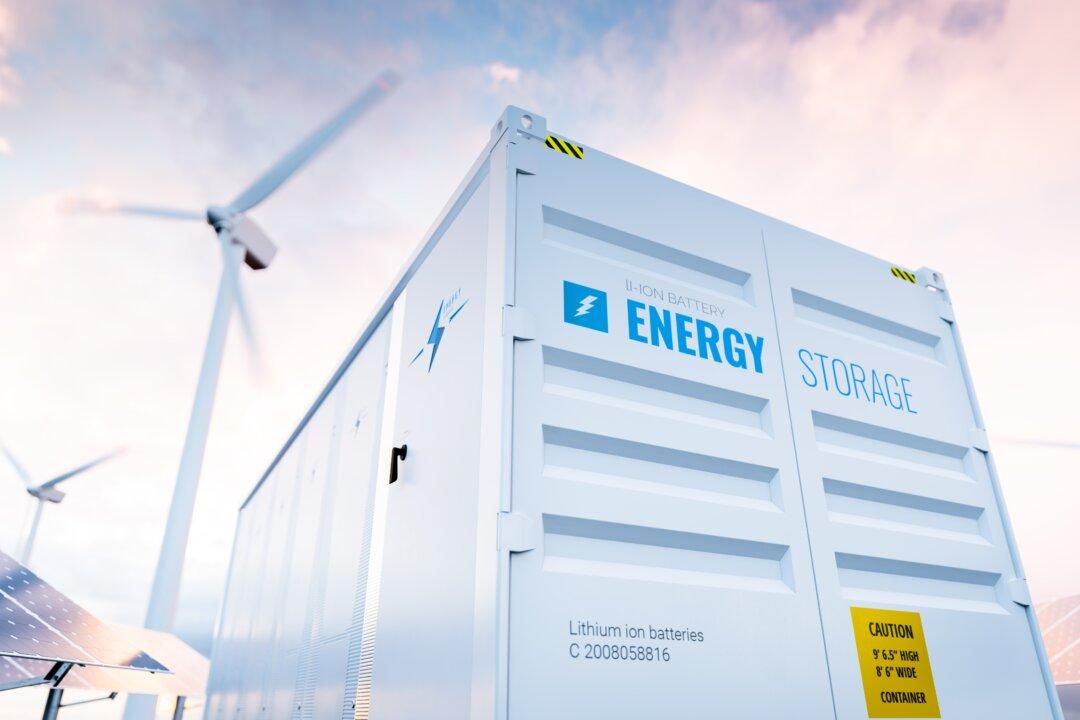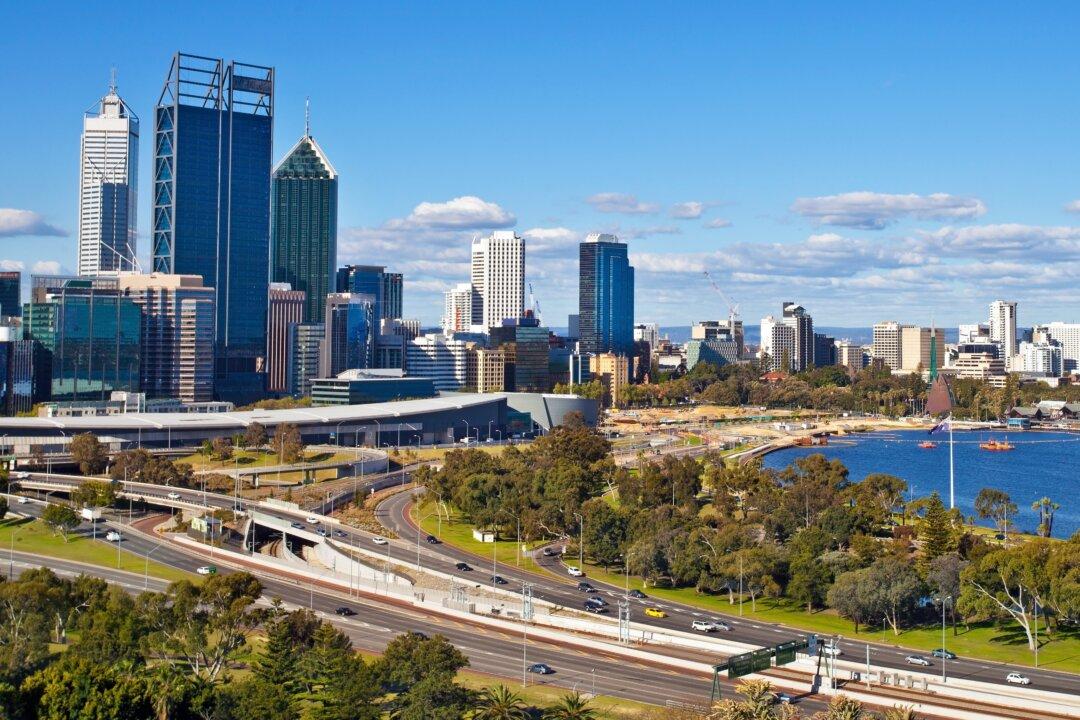South Australia is set to become the host of the world’s biggest battery equipped with the ability to support an all-renewables electrical grid.
Australia’s energy retailer kingpin, AGL, has announced Finnish manufacturer Wärtsilä will be heading the construction of its new $180 million (US$130 million), 250 megawatt (MW) grid battery—the first of a planned 850 MW national battery roll-out.





